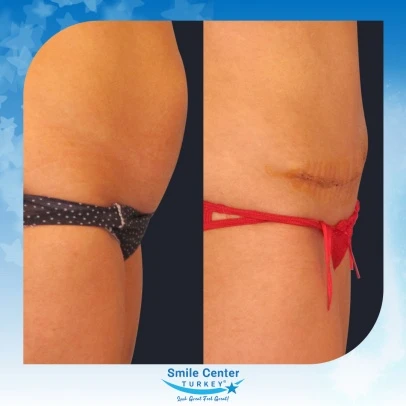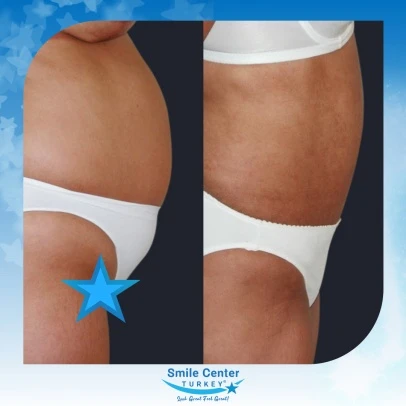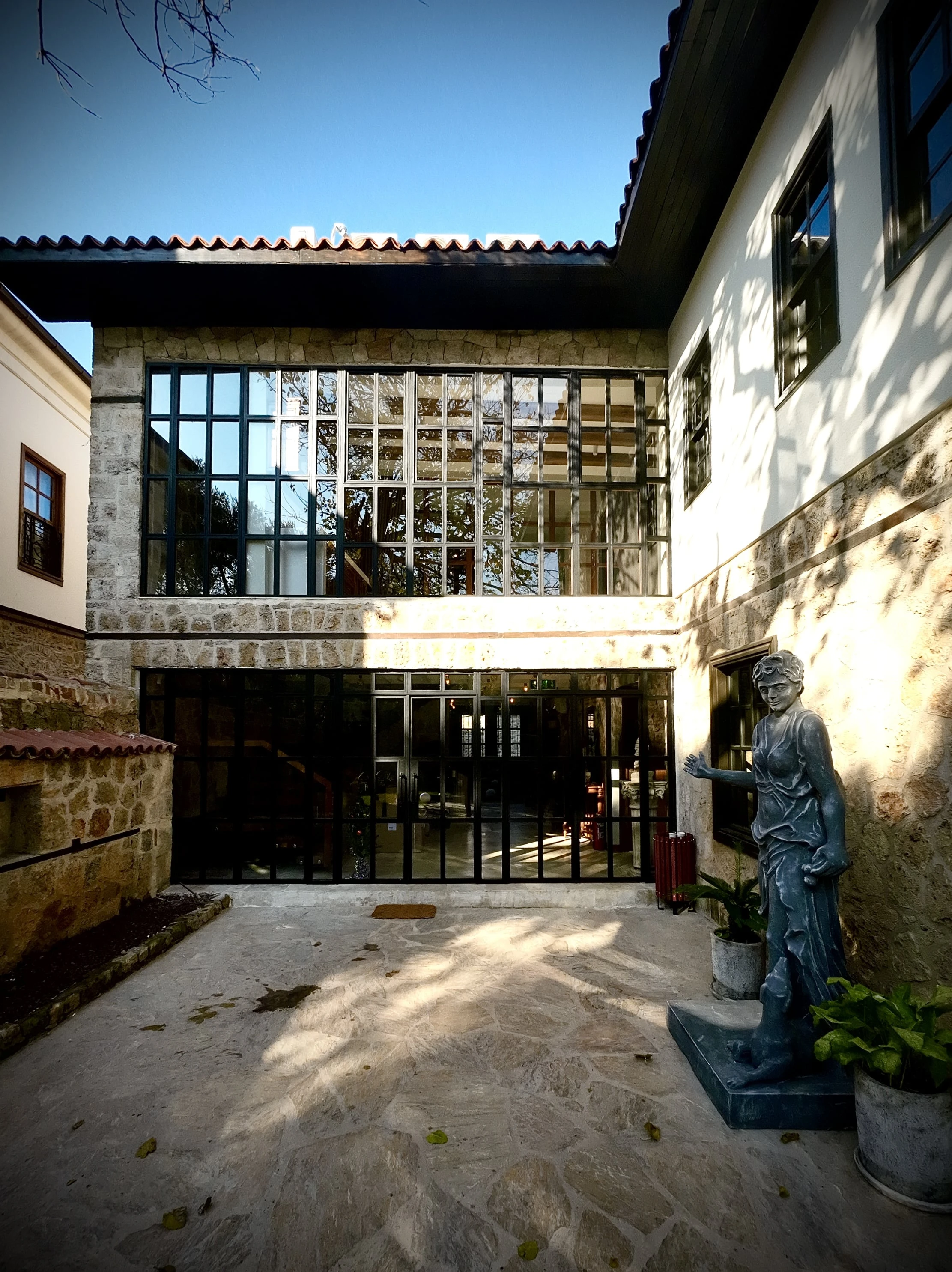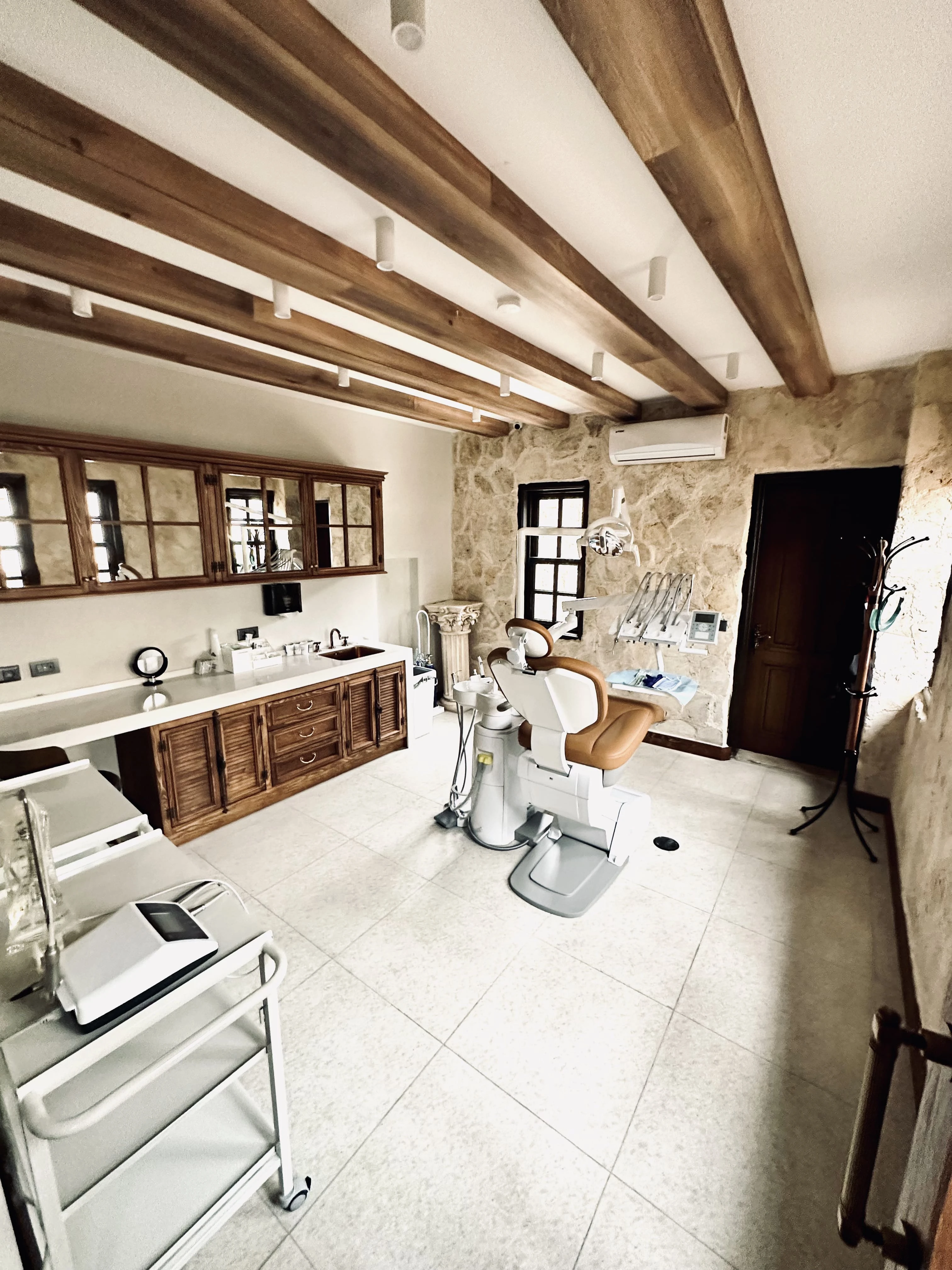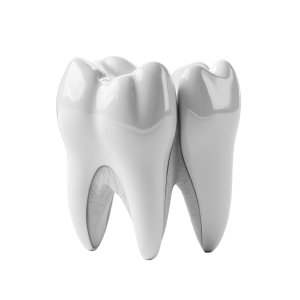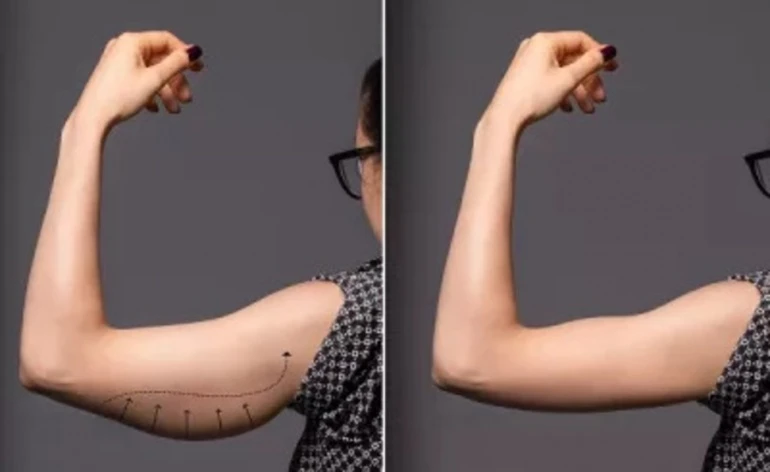Abdominoplasty, commonly known as a tummy tuck, is not recommended for individuals who are overweight. If you are a smoker, significantly overweight, have a history of blood clots, plan to get pregnant in the future, or have uncontrolled heart disease or diabetes, you may not be eligible for tummy tuck surgery. Similarly, Brazilian Butt Lift Turkey is not recommended for individuals with certain health conditions, such as obesity or poor skin elasticity, as these can affect the outcome and recovery process of the procedure.
Additionally, individuals with body dysmorphia, a condition where one perceives flaws in their appearance that may not exist, should carefully consider the procedure. A plastic surgeon will assess your specific situation and advise whether tummy tuck surgery is suitable for you.





